– a passion’s weight –
In Northeast Brazil now for two weeks with my younger daughter, D, ostensibly to visit the in-laws, a large extended family I inherited through marriage to R in 2012. Having not traveled abroad since my late 2021 trip to Cuba, I was determined to seek out opportunities to document the culture as well as create some fine arts photos.
We were based in a small and unimpressive city of some 50k inhabitants, Lajedo, in the state of Pernambuco – one of the poorer ones. Early that week, we heard about a traditional dance known as a quadrilla taking place in the center of town, and I urged our hosts to reveal the location. We subsequently were led on a walk of a few blocks toward a raucous noise of music and singing piped over a large public address system. As we approached, I was forced to don my ever-present earplugs; I put on a pair to protect D’s hearing as well.
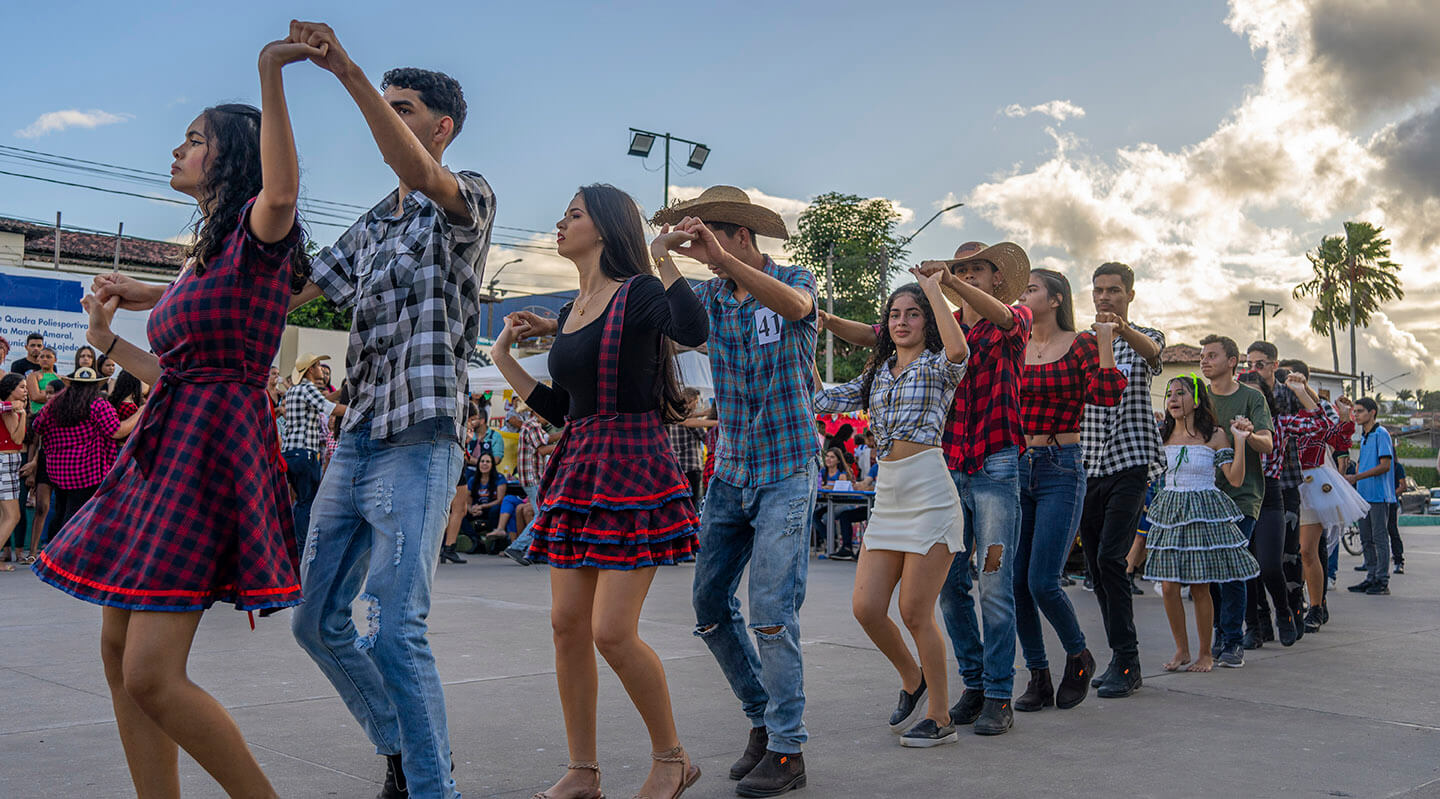 Teens danced happily in boy-girl pairs (although later there were a few girl-girl pairs), in a large circle in a cement park. The quadrilla, enjoyed throughout Latin America and the Caribbean, is apparently a rite of passage, and a much anticipated time for teens. The beat came from a style of music known as forró, an important aspect of the culture of the Northeastern Region of Brazil. It encompasses various dance steps and musical performances. Such music and dance styles have gained widespread popularity throughout Brazil, especially during the Brazilian June Festivals, known as Festa Junina. The genre has also become increasingly popular all over the world, with a well-established forró scene in Europe.
Teens danced happily in boy-girl pairs (although later there were a few girl-girl pairs), in a large circle in a cement park. The quadrilla, enjoyed throughout Latin America and the Caribbean, is apparently a rite of passage, and a much anticipated time for teens. The beat came from a style of music known as forró, an important aspect of the culture of the Northeastern Region of Brazil. It encompasses various dance steps and musical performances. Such music and dance styles have gained widespread popularity throughout Brazil, especially during the Brazilian June Festivals, known as Festa Junina. The genre has also become increasingly popular all over the world, with a well-established forró scene in Europe.
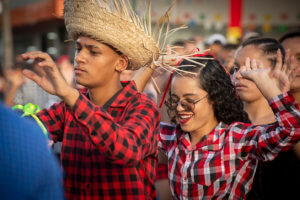 An integral part of the Festa Junina experience is the dress of the participants. The pernambucanos wear checked blue or red pattern shirts with blue jeans for the males, and bright dresses appointed with traditional designs for the females. (Many girls today, however, wear the same shirt style as the boys.) As well, the girls might paint stylized freckles on their cheeks and young boys brush on simulated beard and moustache, sometimes topped off with a farmer’s straw hat. One can easily imagine similar costumes and dances harkening back at least a century in the northeastern states.
An integral part of the Festa Junina experience is the dress of the participants. The pernambucanos wear checked blue or red pattern shirts with blue jeans for the males, and bright dresses appointed with traditional designs for the females. (Many girls today, however, wear the same shirt style as the boys.) As well, the girls might paint stylized freckles on their cheeks and young boys brush on simulated beard and moustache, sometimes topped off with a farmer’s straw hat. One can easily imagine similar costumes and dances harkening back at least a century in the northeastern states.
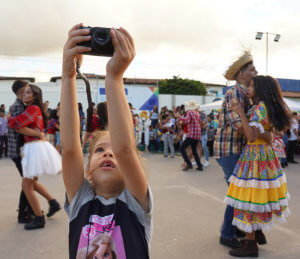 I had the prior day gifted D a first camera, a small digital Canon, and she squeezed off a few shots in the next hour, much to my satisfaction.
I had the prior day gifted D a first camera, a small digital Canon, and she squeezed off a few shots in the next hour, much to my satisfaction.
In my faithful Domke shoulder bag (from circa 1994) were my standard full-frame camera systems at the ready: Nikon D610 with a 20mm Tamron lens and Sony a7c with a 28-60 zoom. I also had two flash units, a flash slave unit, a Nikon 80mm and 70-300mm lenses. Accessories include two extra batteries for each camera, mini-tripod, colored flash gels, lens caps, eight AA batteries, generic press pass, notepad, and extra camera cards. All told, my bag weighs some 20 lbs., and I admit that, while much of the equipment and accessories remain unused at such photographic opportunities, I am loath to be missing a shot for lack of some item.
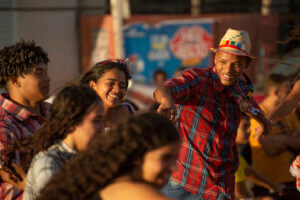 I took some 80 photos, starting with wide-angle establishing shots, then switched to my 70-300mm lens to grab dozens of facial close-ups as the participants swung through the sunlight. The warm, late afternoon lighting was ideal. I couldn’t get a higher vantage point except to stand across the street on some steps, but this perch proved to be helpful vantage point. As the sun was setting, I took more establishing shots, this time into the sun. I was pleased with the photos I reviewed at the end of that day, and posted some on Facebook.
I took some 80 photos, starting with wide-angle establishing shots, then switched to my 70-300mm lens to grab dozens of facial close-ups as the participants swung through the sunlight. The warm, late afternoon lighting was ideal. I couldn’t get a higher vantage point except to stand across the street on some steps, but this perch proved to be helpful vantage point. As the sun was setting, I took more establishing shots, this time into the sun. I was pleased with the photos I reviewed at the end of that day, and posted some on Facebook.
Toward the end of that week, we drove to a city about an hour distant, Caruarú, which is renown for being the epicenter of Forró music and culture. I had been to Caruarú a few times in the past dozen years, but had never really explored it before. Taking advantage of a rented car, D and I drove around in on two rainy and somewhat chilly days, as I sought out some scenes of the Festa Junina celebrations. The main venue, a sprawling campus of some three square blocks known as the Patio de Eventos Luís Gonzaga, remained closed, much to my disappointment.
So for a few hours we slowly made ourselves through the streets and alleys of Caruarú, dodging large ruts, muddy potholes, and approaching motorcycles. D became somewhat impatient and bored after the first hour, so I was under some duress. I kept telling her I was envisioning a scene of boys playing soccer in a muddy field. For this, I came up empty-handed, but one point, I noticed a few teenage boys working on fixing a bike in the rain and left the car to ask them if they would let me take a photo. Although they agreed, their expressions belied a mixture of bewilderment and annoyance. In order to provide more highlights in the dim day, I employed the on-camera flash on the Nikon.
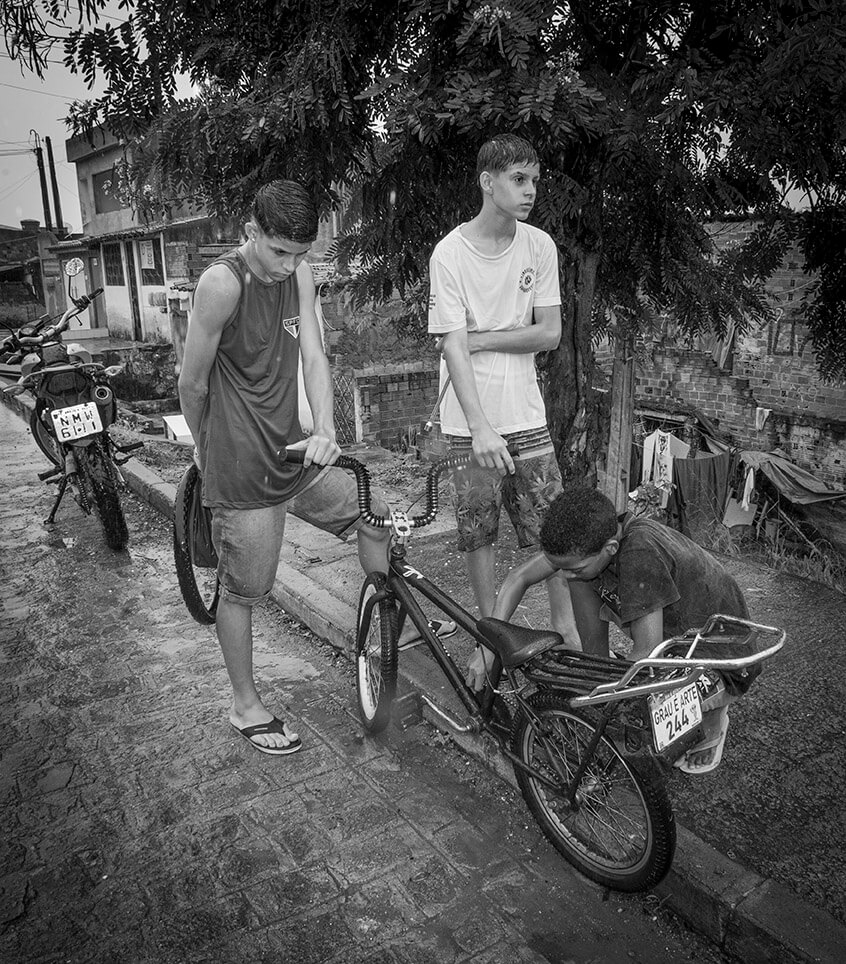
I later circled around another location, a façade framing a glowering fellow, in order to acquire a potential addition to my Walls/Spaces series, for an image I subsequently entitled “Two Bulls”: 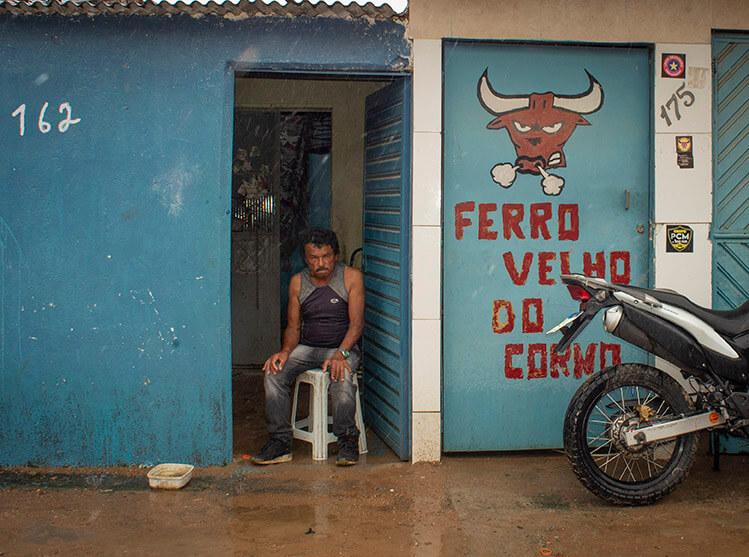
A field with horses enjoying a roll in the muddy grass yielded two interesting photos: 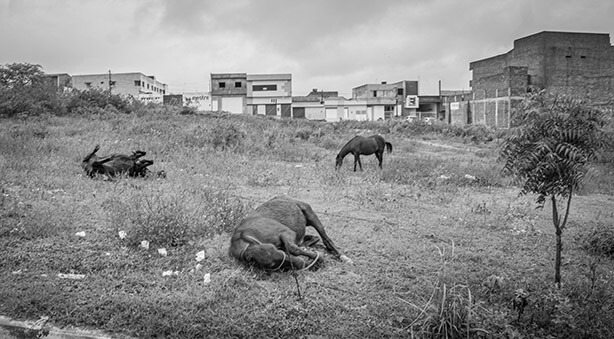
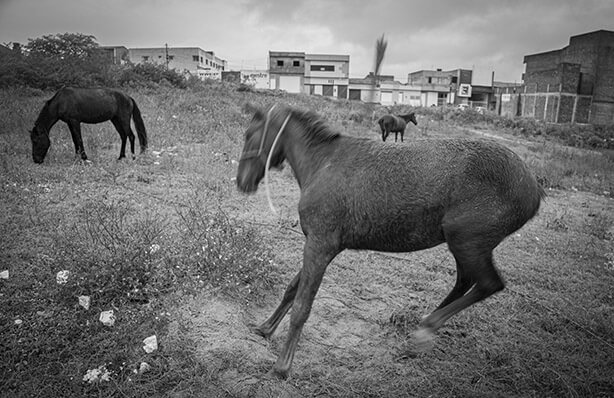
Other scenes intrigued me, but frankly the 24 hours in this city were rather a bust.
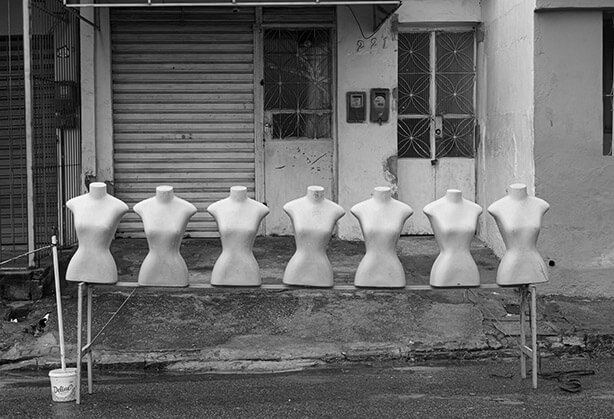
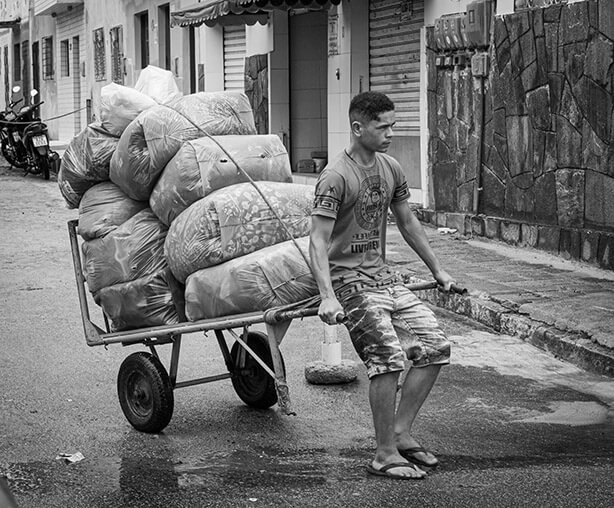
I watched this strapping young fellow going down a steep hill hefting a heavy load. What was most amazing was he had thin rubber slippers and the ground was wet, but never did he slip!
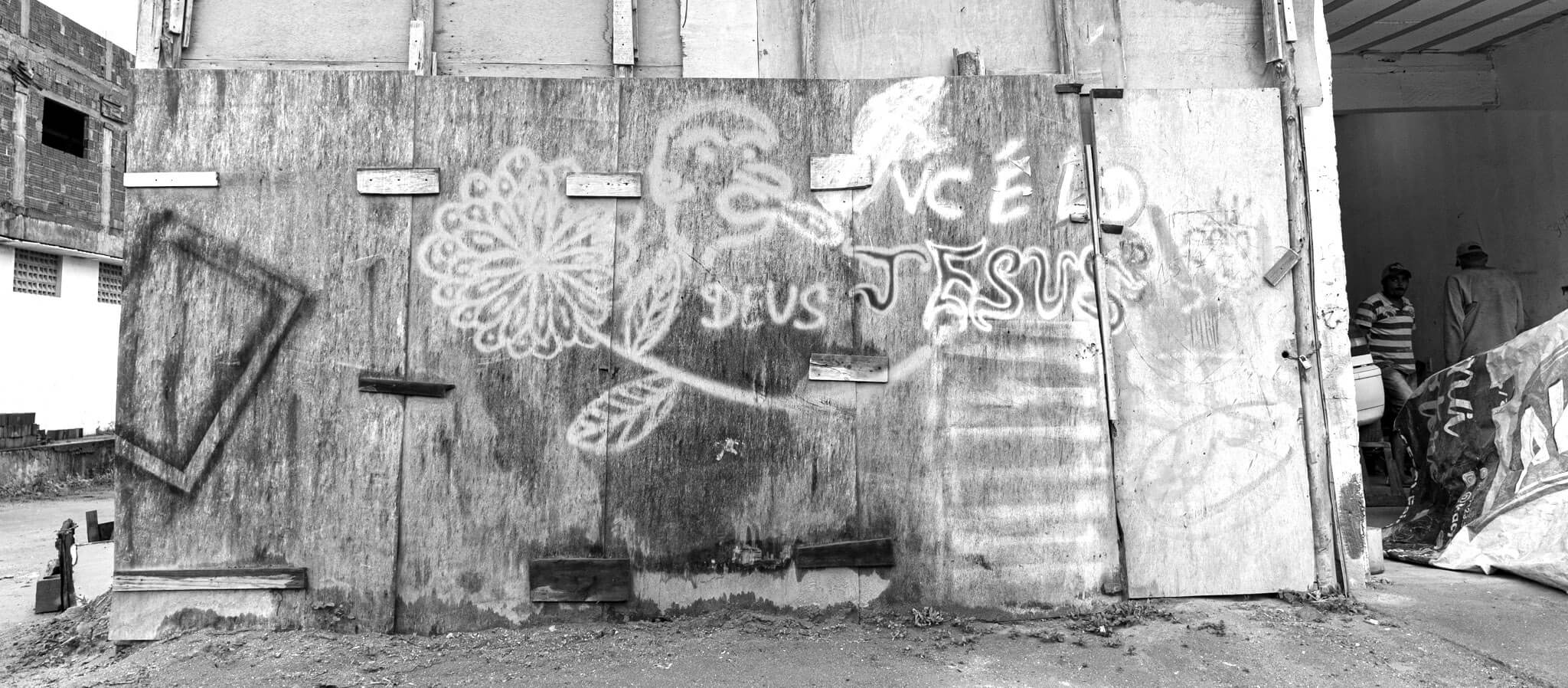
A few days later I decided to drive us to a town nearer to Lajedo, Queimada Grande. Again, I had been to this town about a decade prior, and knew it as a bleak patch of humble buildings. R once referred to it as “no fim do mundo,” or the very end of the Earth.
We had brought with us three large bags of toys, children’s clothes, and shoes to donate to whomever was most needy. As before, I had an intuition that I would find some good photographs to be taken, a vision which is a long-familiar muse.
When we arrived to the dusty town, I felt intuitively that those most in need would be on the outskirts, so I began driving down a mud-pocked road. After about a mile, we came to a humble house. Some five dogs ran out to greet us, barking and trying to look menacing. I got out of the car and went up to a wire gate. An elderly man with a cane came hobbling toward us, then a middle-age woman and a man following. I explained that we had brought some shoes and clothes to donate. The woman said that they had two boys and could very much use the shoes. I took out two of D’s hiking boots from the bag and woman’s face brightened. I also took out one of D’s stuffed animals, a puffy fish with huge googly eyes.
The woman explained that her boys were at the town quadrilla at this time. I was excited to hear this and realized that the gifts we brought were well reciprocated with important information. We said goodbyes and drove a bit more to the main road. As we were heading back to the town we came across a building, from which streamed youth costumed in the festa junina style.
As we exited our parked car and entered the event structure, I was thrilled to note a frenzy of activity and a series of steps, from which I would remain for some minutes, documenting the scene for my Human Pulse series.
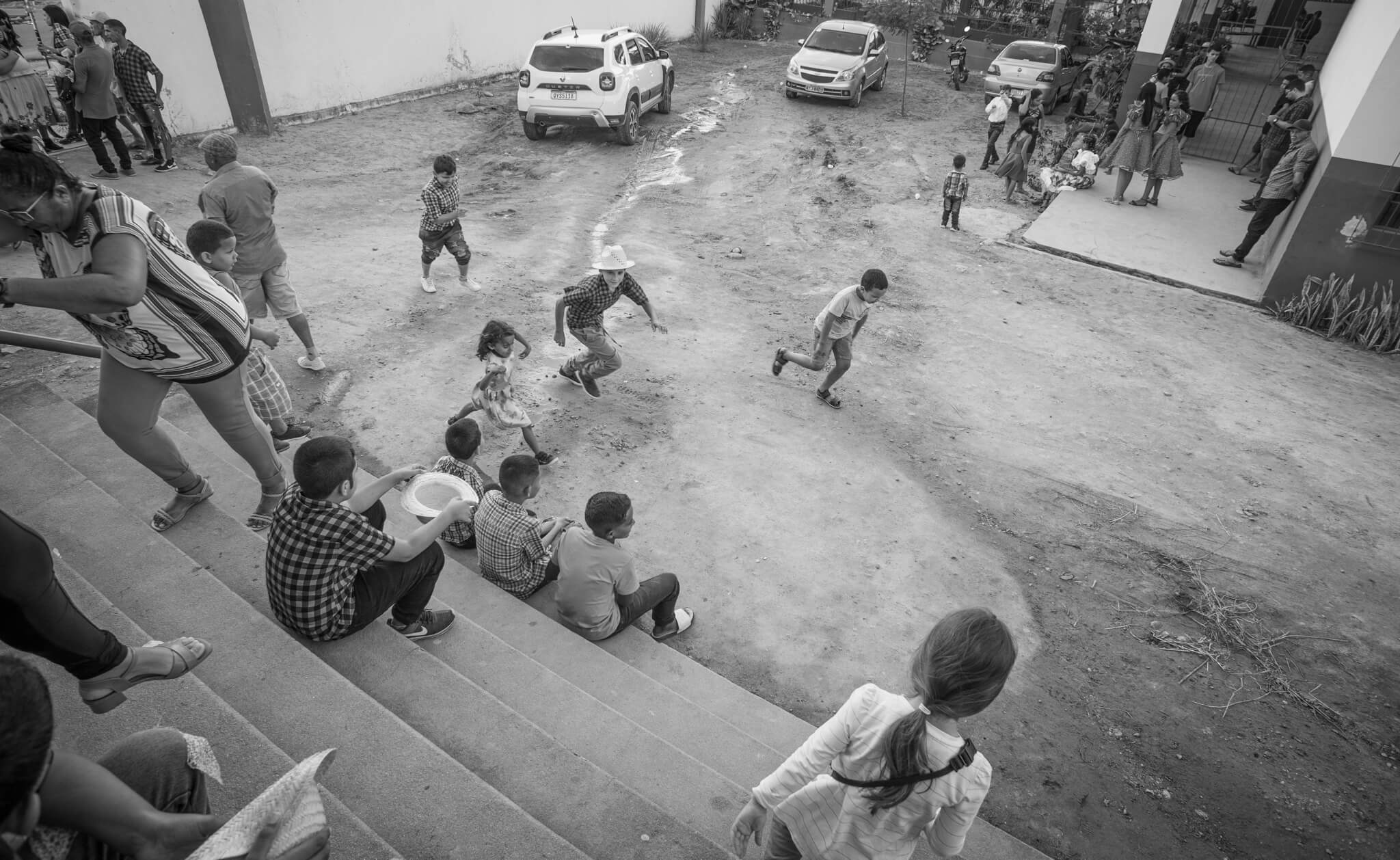
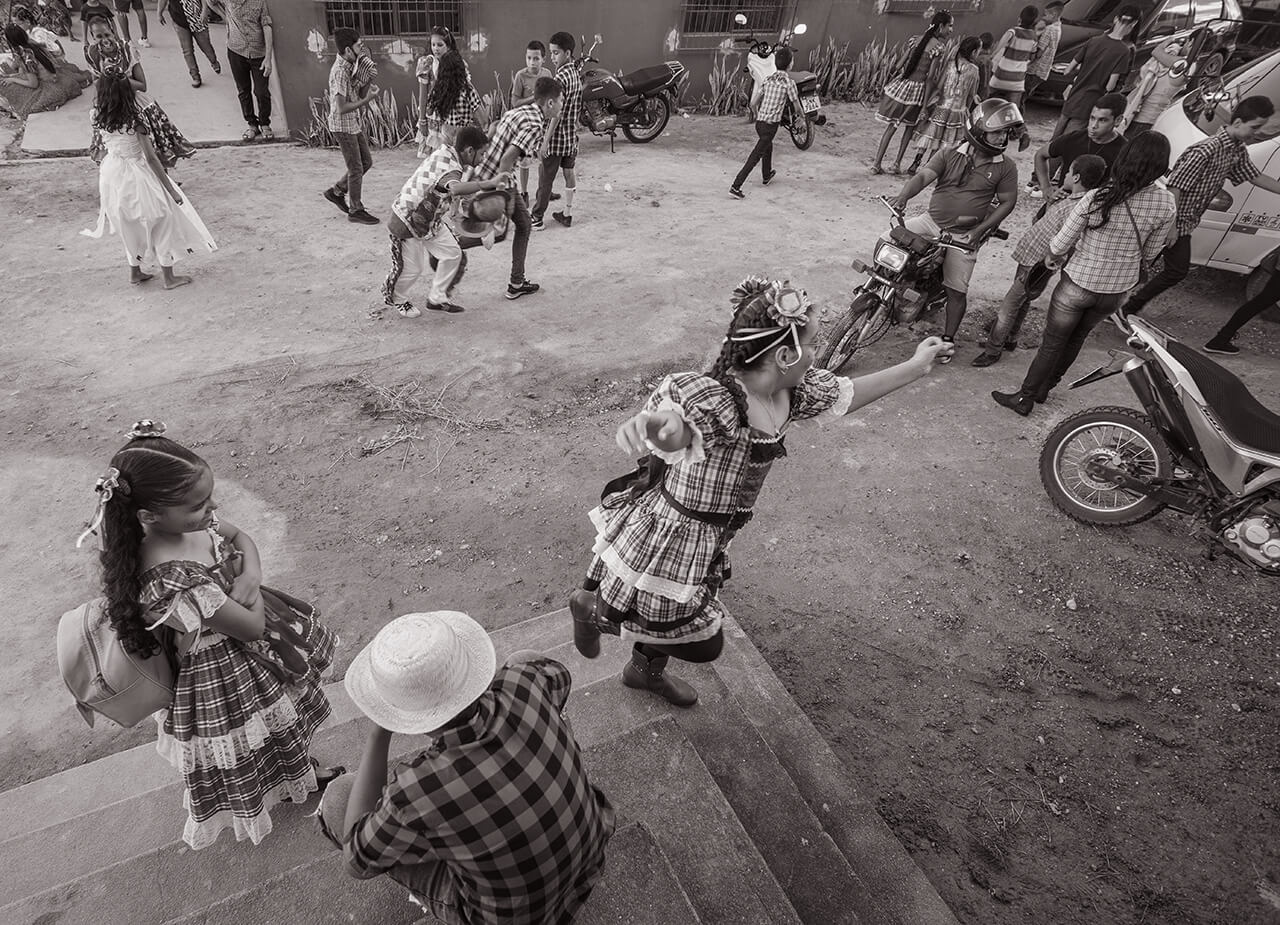
We subsequently entered the event hall and noticed that the formal portion of the quadrille was over but 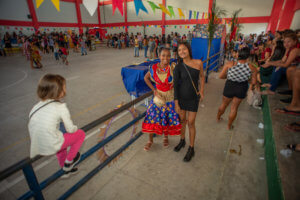 many couples were still dancing to the live forró music. D, who seemed curious about the younger children, clambered upon the railings to expend some of her boundless energy, while I busied myself documenting scenes.
many couples were still dancing to the live forró music. D, who seemed curious about the younger children, clambered upon the railings to expend some of her boundless energy, while I busied myself documenting scenes.
As we left town I noticed a potentially lovely sunset starting to form and drove to a lookout point to await the birthing of a spectacle some twenty minutes later.
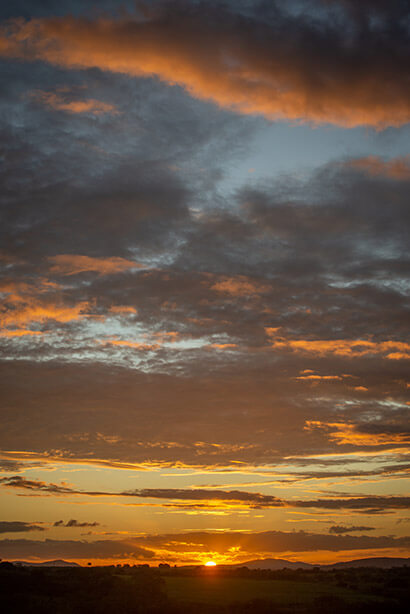
The next week, we paid an overnight visit to D’s great aunt and family in a more wealthy city, Garanhuns, about an hour’s drive from Lajedo. When the visit was over and we parted from our host’s house, I drove us to what appeared to be the more humble side of the city, up and down inclines worthy of California’s San Francisco; I kept my hand on the emergency brake on the fearsome declines.
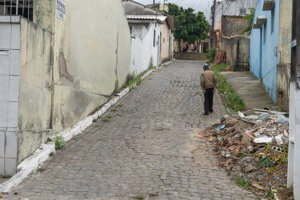 Looking up a hill at one point, I saw a sort of plaza, and I drove up the narrow road to be greeted by an intriguing collection of people, dogs, and burros. I retrieved a few apples from a bag and we set about trying to give the burros some apples. This offering was a marvelous entrée to befriending the resident owners of the animals, and I was able to get a few interesting photos in The Human Pulse style. D, who was walking around in front of my camera, ended up being featured in a few of the scenes, and I later enjoyed seeing how she somehow fit into them.
Looking up a hill at one point, I saw a sort of plaza, and I drove up the narrow road to be greeted by an intriguing collection of people, dogs, and burros. I retrieved a few apples from a bag and we set about trying to give the burros some apples. This offering was a marvelous entrée to befriending the resident owners of the animals, and I was able to get a few interesting photos in The Human Pulse style. D, who was walking around in front of my camera, ended up being featured in a few of the scenes, and I later enjoyed seeing how she somehow fit into them.
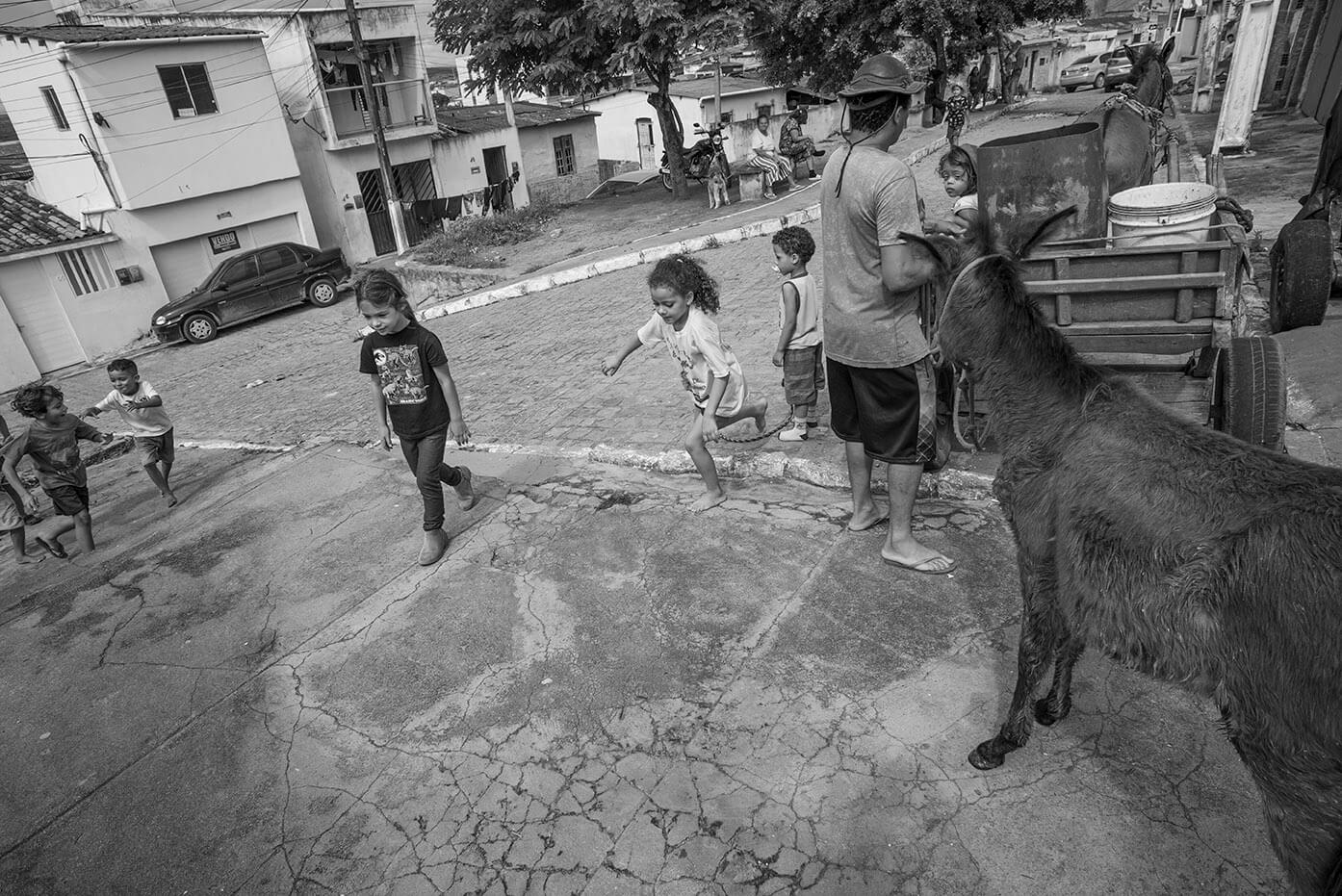
In all three of these instances, I felt drawn to seek out opportunities to make photographs. Good art doesn’t often just land in your lap; one must often undertake an exhaustive and often exhausting labor to successfully create. It is a passion, toward which I have been impelled for 52 years. And for me, the effort often takes a physical toll. When I was traveling all over Cuba in 2021, I returned with a shoulder so sore that it took a year to recover from. It was my right one, that which daily bore the 20 lb. weight of my Domke camera bag.
-
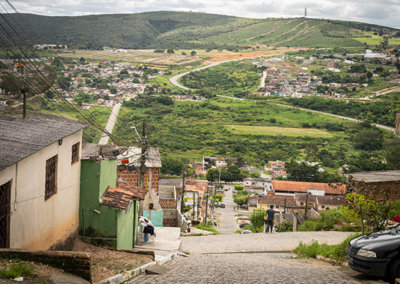
The steep hills of southeastern Garanhuns
-
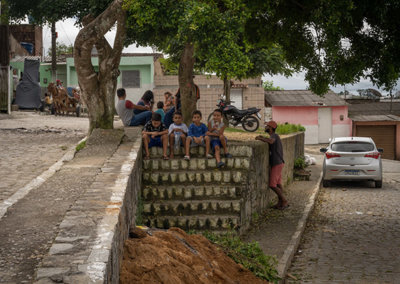
A Garanhuns plaza
-
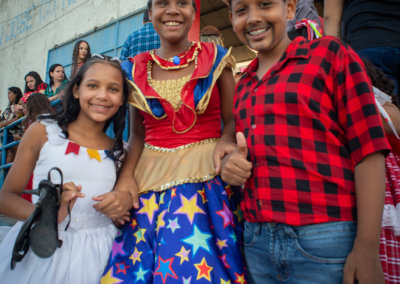
Outside the Quemada Grande quadrilla
-
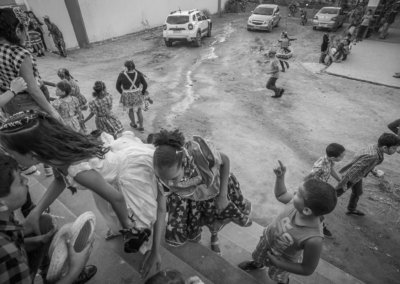
Outside the Quemada Grande quadrilla
-

Outside the Quemada Grande quadrilla
-
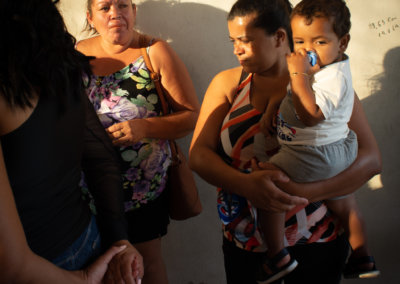
Inside the Quemada Grande quadrilla
-
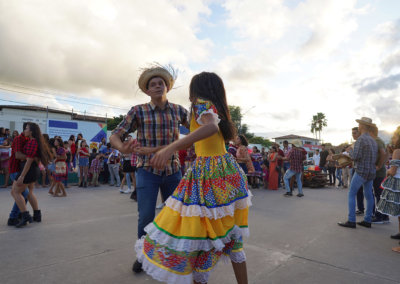
Lajedo quadrilla
-
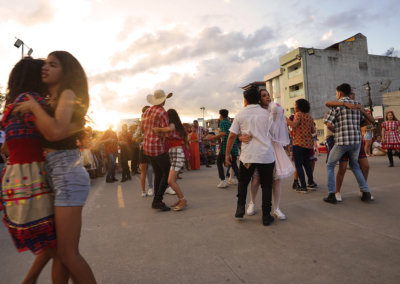
Lajedo quadrilla
-
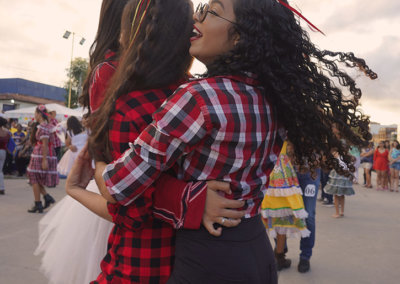
Lajedo quadrilla
-

Lajedo quadrilla
-
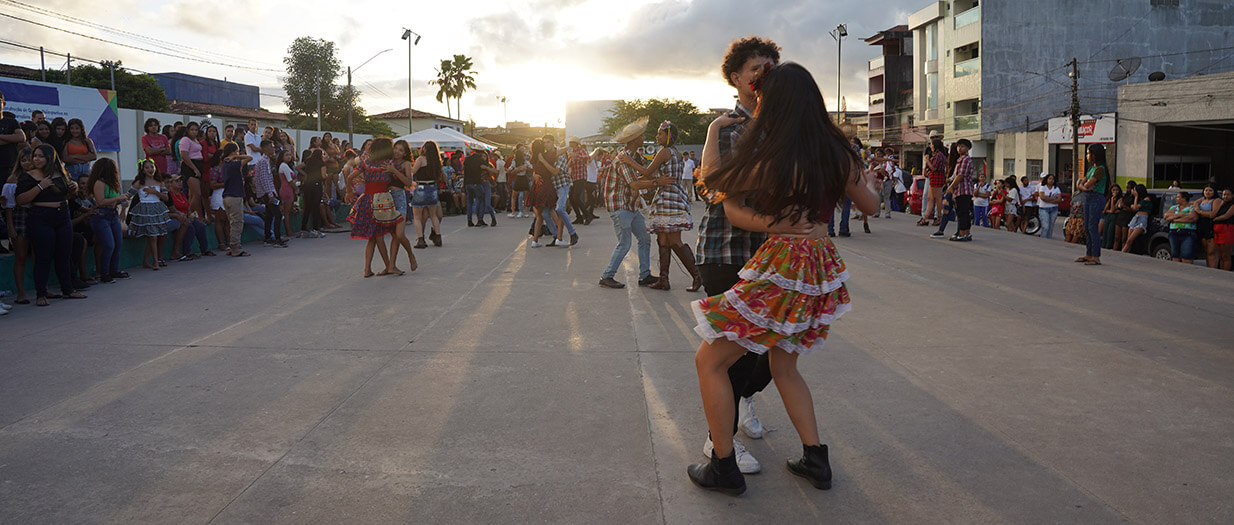
Lajedo quadrilla
-

Lajedo quadrilla
-
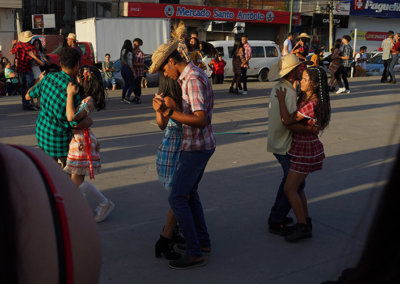
Lajedo quadrilla
-
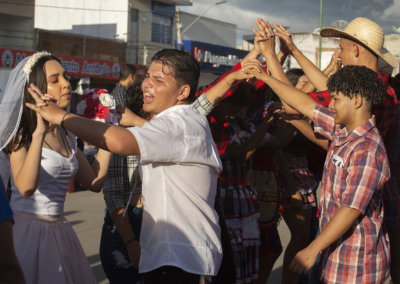
Lajedo quadrilla
-
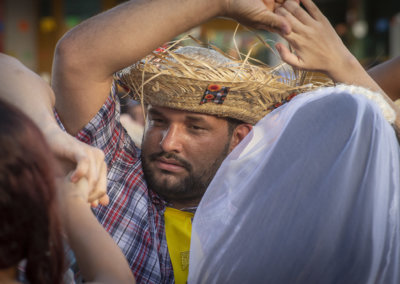
Lajedo quadrilla
-
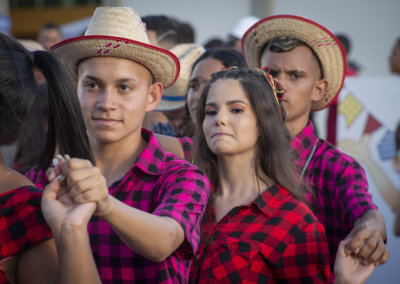
Lajedo quadrilla
-

Outside the Quemada Grande quadrilla
-

Lajedo quadrilla
-
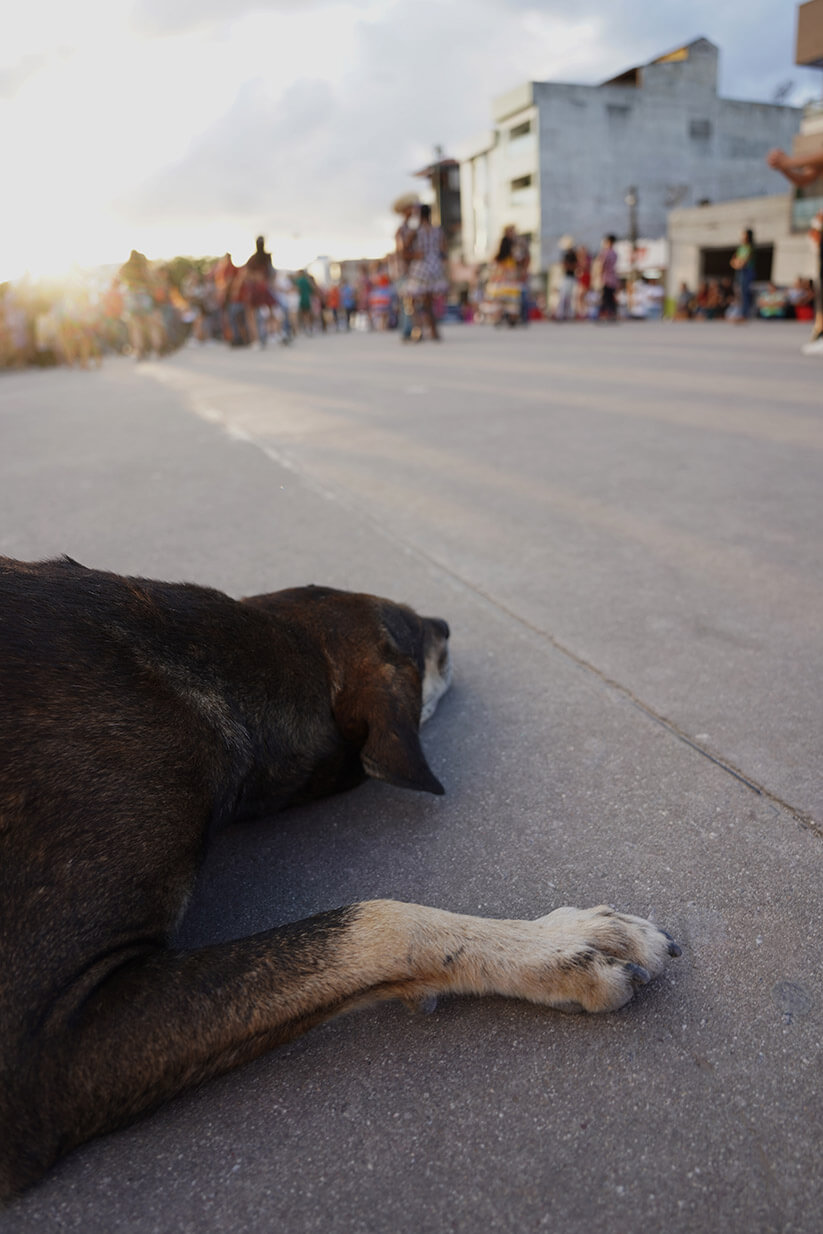
Lajedo quadrilla
-
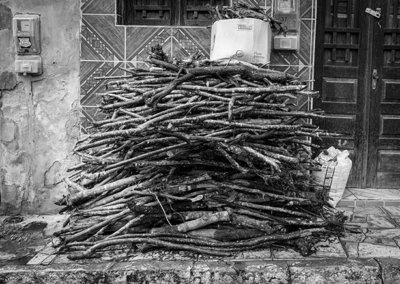
Stacked Faggots
-

Chain Store
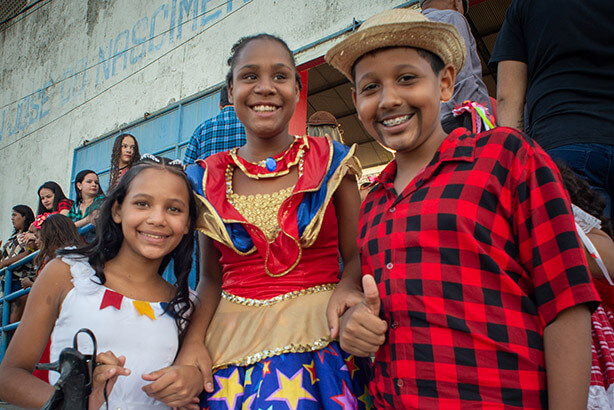
I thought this was an intriguing article, how you were able to seek out and find so many creative and documentary photos. Will check out your other stories and image series.
So awesome to read far more in depth about your adventures and the process to capture these awesome shots. I love the photo “two bulls”— that’s amazing! And I also totally agree that D fits into the human pulse photos perfectly!! Thanks for sharing your adventures